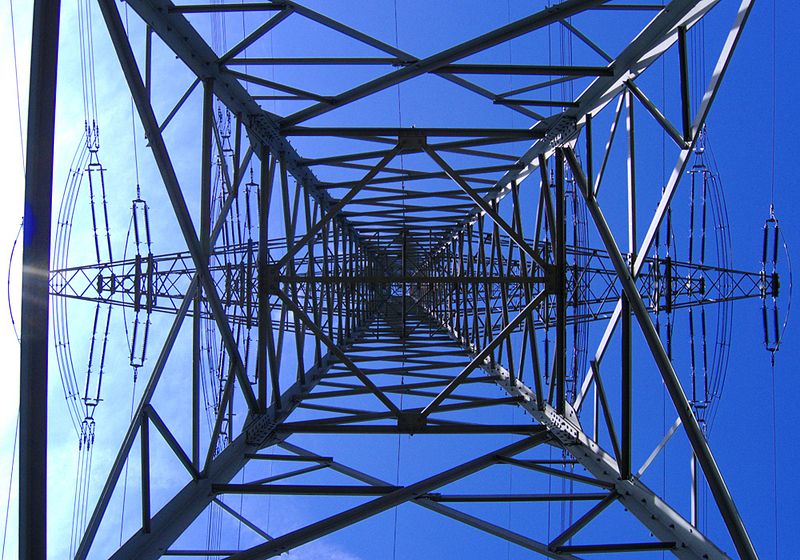
Australians with more than a passing interest in the supply of electricity can’t have missed the media attention and ongoing political engagement on the findings of Australian Chief Scientist Dr Alan Finkel’s recently released review of the Australian electricity market. The review delivers a blueprint for enhancing the market for domestic electricity, but there’s more to energy security than the ‘market’ itself.
It’s interesting to note that the trigger for Dr Finkel’s review was the storm-related loss of power across most of South Australia on 28 September 2016. In a press statement following the ‘black system’ event, the prime minister was unequivocally clear that ‘energy security should always be the key priority’. The relationship between energy policy and national security, however, is complex.
The centrality of energy to Australia’s economy has been evident for some time. The foreword to the 2015 Energy White Paper proclaims that ‘Australia is a growing energy superpower’. Our energy sector underpins our economy, secures our standard of living and drives our international competitiveness. It also underwrites our stature in the global economy.
The 2015 Energy White Paper, however, was issued without the completion of a contemporaneous National Energy Security Assessment (NESA). The most recent NESA was released in 2011, and the next is due this year (2017), well after the publication of the white paper. That’s a concerning delinking of policy from up-to-date security assessment.
Consideration of such energy issues is not new. In 2007, ASPI published Power plays: energy and Australia’s security, which argued that the energy ‘shock’ that existed at that time was substantially different from those that had occurred in earlier decades.
The 2007 report found that Australia was in the enviable position of being dependent on imports for less than a quarter of the energy it consumed, which led to an understandable tendency for Australian governments and society to be more sanguine about energy security than many of the other countries of the Asia–Pacific.
However, Power plays specifically cautioned against discounting the importance of wider contexts of energy security, which include competition for energy sources and market dominance, threats to supply chains and related infrastructure, accidents and the impact of natural disasters.
The reality of these factors combined with the findings from the recent review of the National Electricity Market form an important line of demarcation between the old and the new. The future side of that line needs to be viewed against a backdrop of technological and market disruption, along with ever-growing degrees of geopolitical uncertainty.
In this environment of volatility and change, the continuity of our energy supply will require adaptation to disruption and continuing regulatory reform. It’s not enough to rely on traditional supply-chain management in existing markets as the only lever of energy security.
Ensuring continuity of domestic supply means that Australia must adapt to global variations in demand with minimal disruption. Effective levels of adaptability and agility will require different forms of analysis and attention than has been evident across the public-sector policy domain. A critical factor enabling achievement of energy resilience at a national level is the comprehensive analysis of vulnerability within and external to Australia’s energy ecosystem.
The ecosystem construct encompasses the interdependencies of modern systems of infrastructure and includes energy components from generation, transmission and usage. Also important is the realisation that certain high-value energy resources enter the ecosystem through global supply chains.
Developing a new approach to assessing the vulnerability and continuity needs in Australia’s complex energy supply chains requires consideration of a range of influences. According to the World Economic Forum, these might include:
- technological innovation
- resources, climate management and security
- efficient governance
- geostrategic competition
- demographic shifts
- social cohesion and trust
- hybrid and asymmetric threats.
Enhanced resilience for energy systems isn’t an ephemeral concept; it’s a pragmatic goal that requires a comprehensive understanding and appreciation of the challenges of managing complex technical systems and the nature and sources of disturbances that can occur and that are likely to occur. A detailed discussion of the challenges to achieving energy resilience and continuity of supply are included in an upcoming special ASPI report to be published in August.
While the 2015 Energy White Paper hailed the promise of a bright future for Australia as a major supplier of energy, the path to realising that superpower status might not be an easy one.

